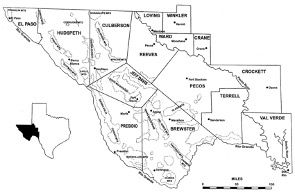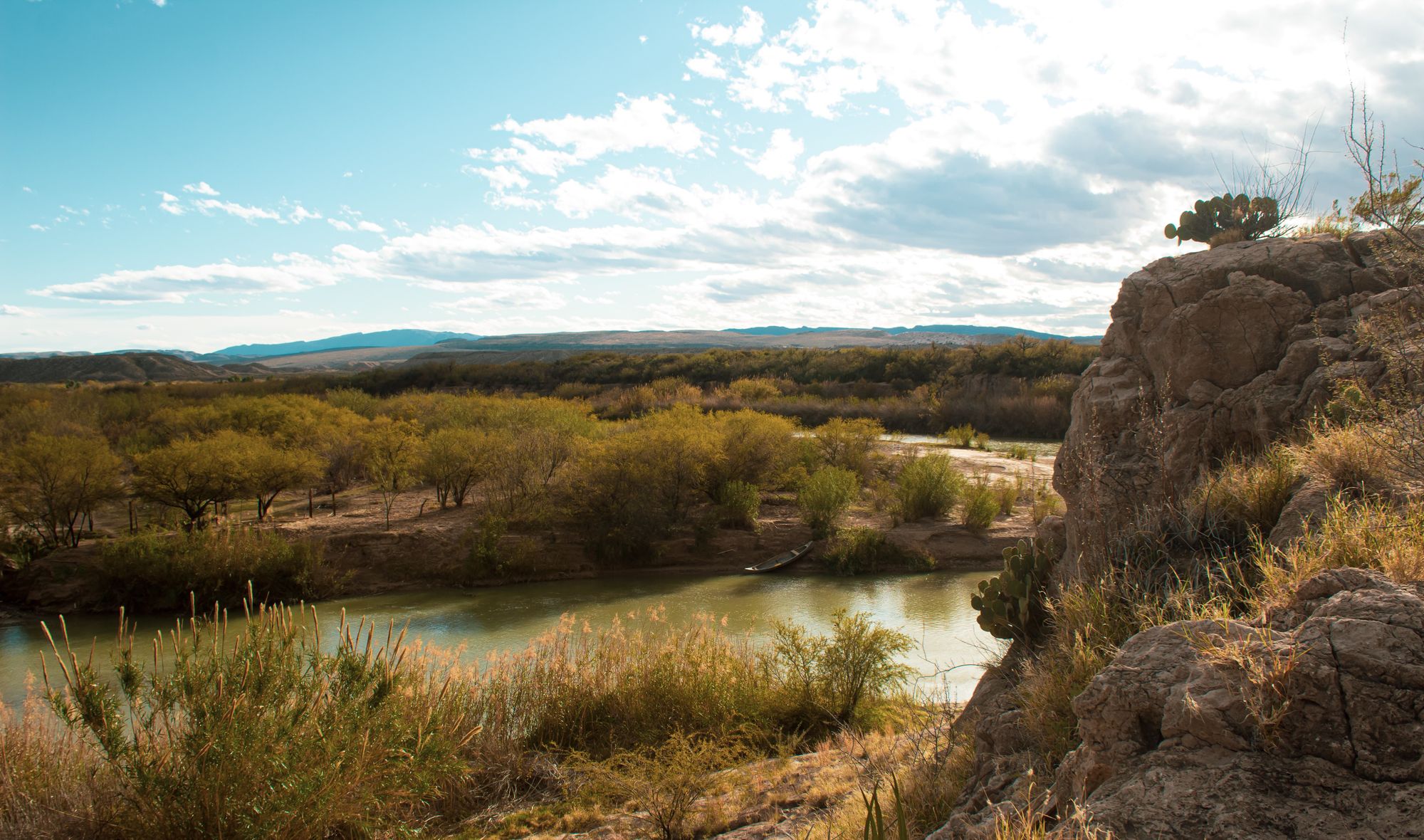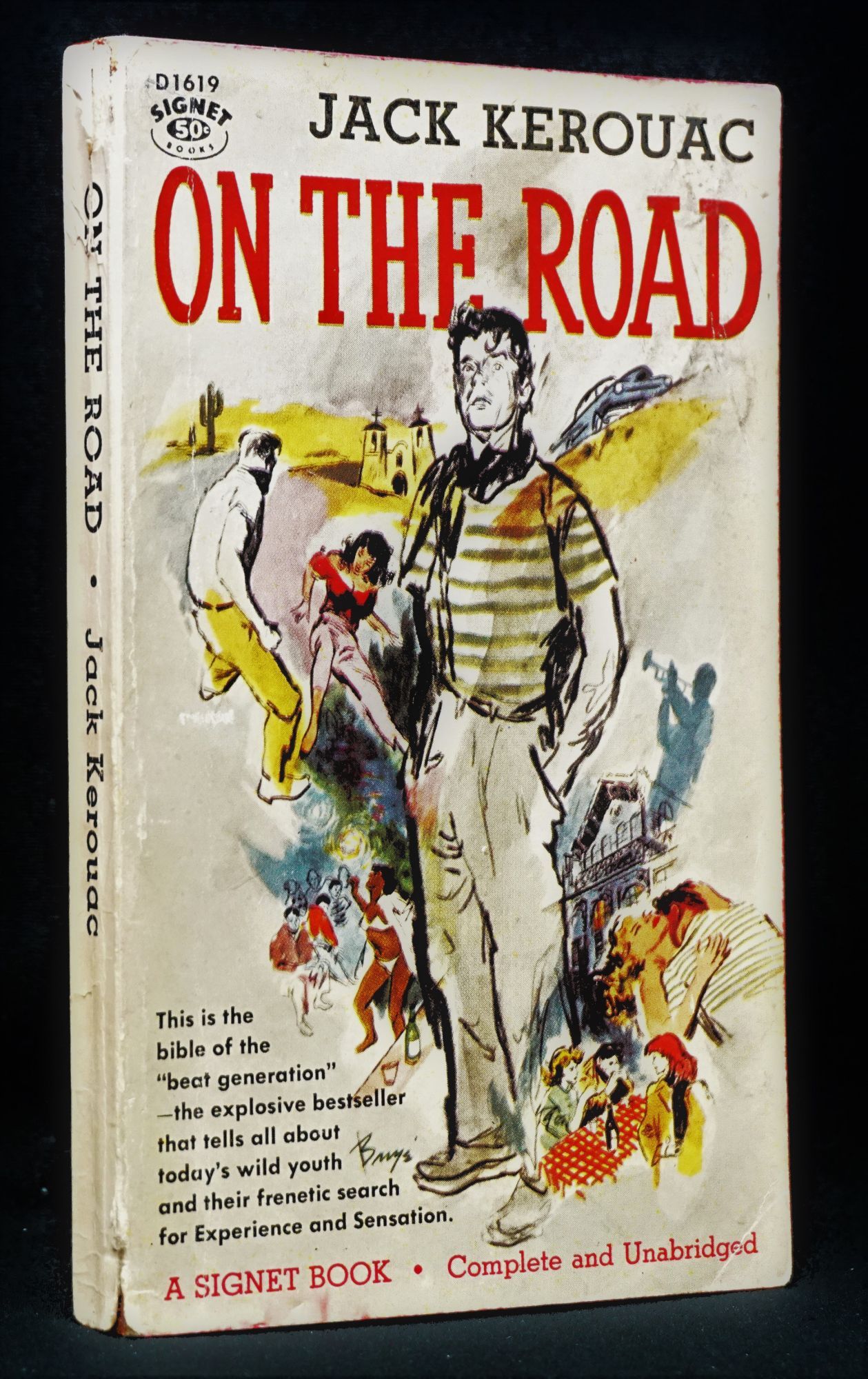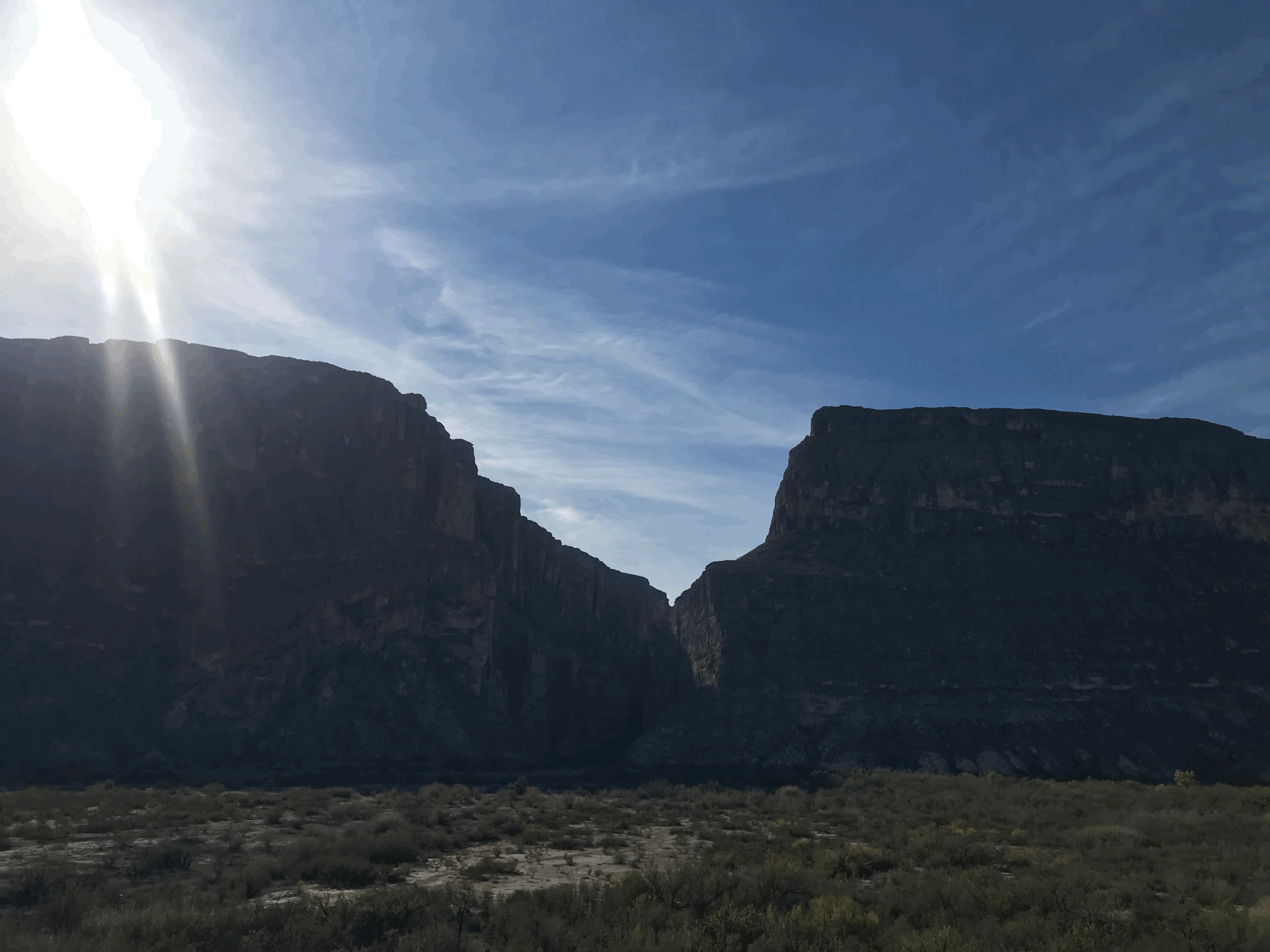On the Magic of the Transpecos
"Being high-spirited boys, we mixed our outdoorsmanship with healthy quantities of alcohol and other substances, culminating in a close encounter with a Mexican vampire bat, which may or may not have happened."

1. For me and many of my friends, Texas is divided into two parts: East of the Pecos and West of the Pecos. The Pecos River arises in north-central New Mexico, crosses into Texas below Carlsbad, and then meanders south and east to where it flows into the Amistad Reservoir above Del Rio. The Transpecos — the part of Texas south and west of the Pecos River – is bigger than ten of these here United States. It includes the city of Pecos, the county seat of Reeves County, and Fort Stockton, the county seat of Pecos County, which seems like a missed opportunity for geographical clarity, but this is Texas, where logic comes to get a sunburn.
It also includes Big Bend National Park, Big Bend Ranch State Park, the Davis Mountains, all magnificent slabs of God’s green earth, if you don’t mind stunning mountain vistas and sere desert landscapes mixed in with your greenery.
The Transpecos has one big town, El Paso, and a bunch of little towns like Terlingua, Presidio, Marfa, Alpine, Van Horn, Marathon, Fort Davis and Balmorhea. Some of these places have what travel writers like to call “cache” or “buzz,” although they were doing just fine before they came down with it.
The Transpecos is the most magical part of West Texas. (I realize that this statement is, by its nature, subjective. However, I consider its truth so self-evident that I refuse to brook debate on the matter, although I will concede an Honorable Mention to the majestic Palo Duro Canyon and Caprock Canyon.)

2. The Spanish and the Mexicans called much of this region “despoblado” – unpopulated. It is the emptiest part of Texas, which accounts for much of its desirability. Because Texas, for better or worse, is filling up.
According to the 2020 Census, Texas’s population is now 29,145,50, of which about 21 million live in the so-called “Texas Triangle,” the area bounded by Interstates 10, 35 and 45. So, 3/4 of Texans live in that region, and we haven’t even talked about South Texas (Corpus, Winter Garden, the King Ranch, the Lower RGV, the Upper RGV), Deep East Texas (where it’s still moderately dicey to be out after dark if you’re a person of color), and the D/FW exurbs in South Oklahoma (Gainesville, Sherman, etc.). Throw them in the chili pot and you’ve got, what, 85% of Texans abutting or east of I-35? Except for the Midland-Odessa region, God help it, Texas west of I-35 is either barely hanging in there or losing, population-wise.
Which is fine by me. The emptiness is a feature, not a bug.
The best way to access the Transpecos is the way our forefathers did, riding in a covered wagon out Highway 90 from San Antonio to Del Rio and then across the Pecos High Bridge into the Transpecos proper, stopping at Langtry along the way. The second-best way is on I-10, which has the advantage of an 80-mph speed limit once you’re past Kerrville. Driving I-20 from the Metroplex through Midland-Odessa is God’s punishment for living in North Texas or, worse, Abilene.

3. I first visited Big Bend National Park the summer after I graduated from high school. My friends and I spent a night in the Chisos Basin, hiking to the top of Emory Peak, and then a couple nights down on the Rio Grande below Castolon. Being high-spirited boys, we mixed our outdoorsmanship with healthy quantities of alcohol and other substances, culminating in a close encounter with a Mexican vampire bat, which may or may not have happened.
Then as now, part of the charm was to be in la frontera – the borderlands. The sheer empty majesty of the canyons and mountains and arroyos and rough country. Baking heat some days and bitter cold on others. Skipping a rock across the Rio Grande into Mexico. In Terlingua, to feel you were at the end of the world – broken-down adobe shacks with no power or water, broken-down people who were only there because they’d been spit out of civilization.

“Here I was at the end of America...no more land...and nowhere was nowhere to go but back”
― Jack Kerouac, On the Road: The Original Scroll
There were a few other trips, but I did not start regularly coming out to the Big Bend until the late 1990s, in the company of a rather seedy group I call the Unusual Suspects. Those trips produced some infamous New Year’s Eve parties, but time and the ‘rona have conspired to bring the fandangos to an end. Meanwhile, I increased my visits to the region, both in frequency and in duration. In 2021, the second year of my semi-retirement, I managed to spend half the year west of the Pecos.
“What can we gain by sailing to the moon if we are not able to cross the abyss that separates us from ourselves?”
-Thomas Merton, The Wisdom of the Desert

4. There is, you may be surprised to know, less to do in most West Texas towns than in Austin. No movie theaters. Some live music, but not the plethora of options available in Austin. No shopping malls. But the parks are within easy driving distance. The nearby Black Gap Wildlife Management Area has significant charms. Day hikes and overnight camping are available at all these places. The McDonald Observatory is a couple hours away. If you have not attended a Star Party there (I’ve been to at least a dozen), put it on your bucket list.
But the best option for things to do out west is … nothing. Solitude and silence. Ride a bike around the neighborhood. Sit outside on a gorgeous West Texas day and read. Splash around in the magnificent pool at Balmorhea, then stop for a late lunch on the way home. The occasional visit with friends. Organize your morning around going to the post office to check the mail. Watch the sunset. Heck, watch the sunrise!
It is in the slower pace of life, the abridged menu of ways to entertain ourselves, the easier emphasis on “be” over “do,” that West Texas reveals its charm. And that is its magic.
